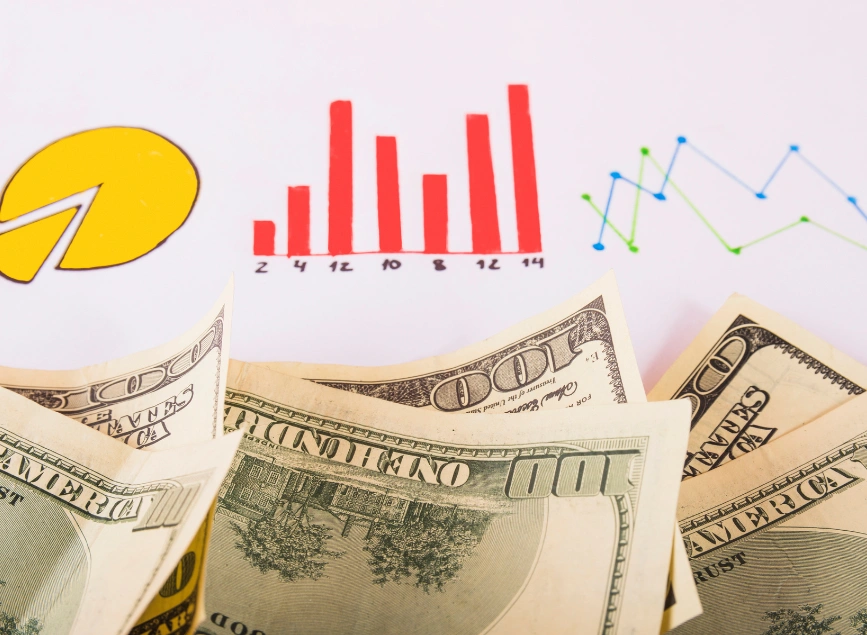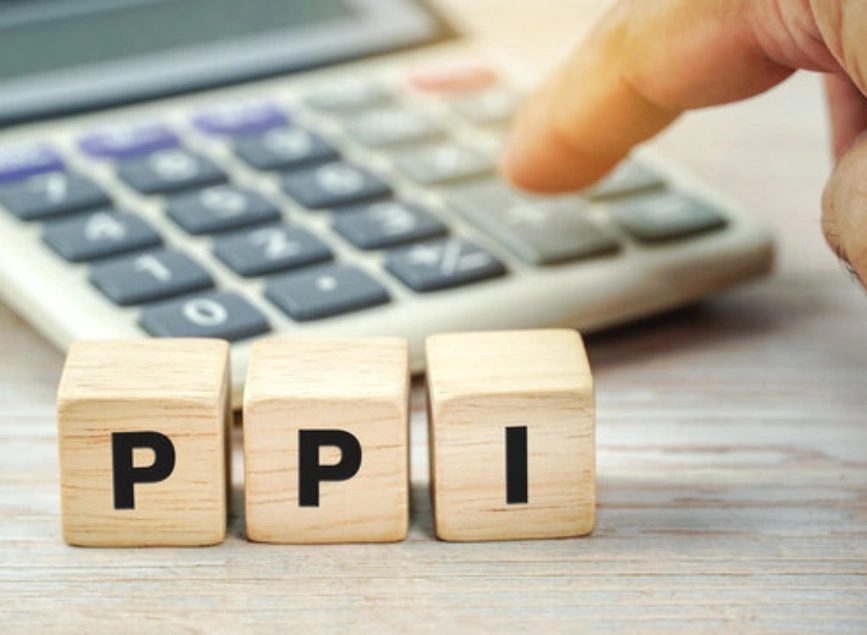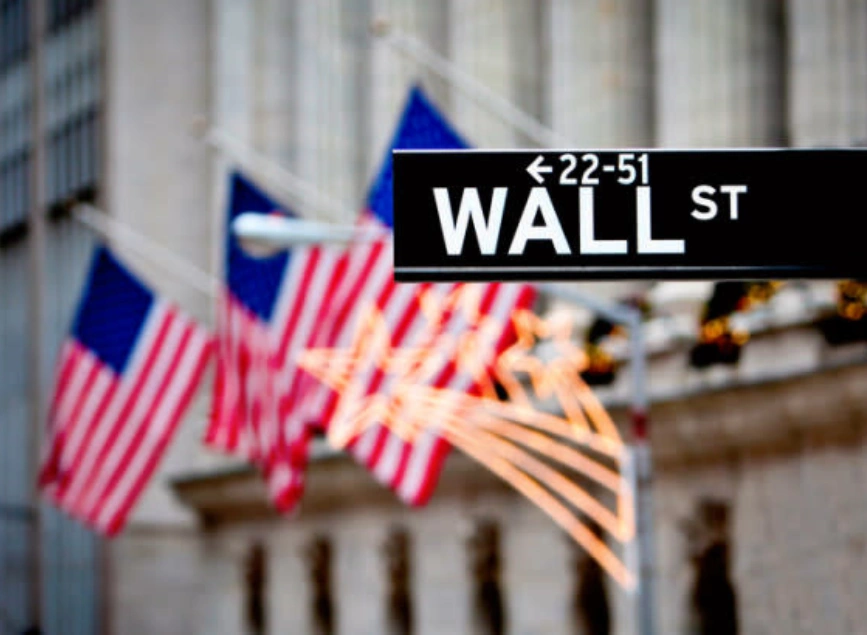
Germany Inflation Hits ECB Target in June
In June 2025, Germany’s annual consumer inflation eased to 2.0%, down from 2.1% in May. This figure not only marks the lowest inflation rate since October 2024, but also aligns precisely with the European Central Bank’s (ECB) 2% target, a key milestone after months of restrictive monetary policy.
The decline was driven by:
- A sharp drop in food inflation (2.0% vs 2.8%)
- Lower energy costs, despite a small month-on-month rise
- Ongoing easing in goods and services inflation
Key Inflation Indicators – June vs. May 2025
| Category | June 2025 | May 2025 | Change |
|---|---|---|---|
| Annual Headline CPI | 2.0% | 2.1% | ⬇️ –0.1 |
| Services Inflation | 3.3% | 3.4% | ⬇️ |
| Goods Inflation | 0.8% | 0.9% | ⬇️ |
| Food Prices | 2.0% | 2.8% | ⬇️ Sharp |
| Energy Prices | 3.5% | 4.6% | ⬇️ |
| Core Inflation (estimate) | 2.7% | — | 🔻 Lowest in 3 months |
| Monthly Inflation (MoM) | 0.0% | 0.1% | ⬇️ |
Educational Segment: Why Inflation Matters
The Consumer Price Index (CPI) measures the change in prices of a typical basket of goods and services. It’s a central tool for understanding cost-of-living changes and economic pressures.
The European Central Bank (ECB) targets a 2% annual inflation rate as ideal for price stability.
- If inflation rises above 2%, the ECB may raise interest rates to cool the economy.
- If it falls below 2%, it might cut rates to stimulate spending and growth.
Economic and Market Impact
📉 Monetary Policy Outlook
- Hitting the 2% inflation target marks a turning point for ECB policymakers.
- Alongside falling core inflation, this data opens the door for a pause or even a rate cut in upcoming ECB meetings.
💰 Bond Market
- Lower inflation = reduced rate hike pressure, so bond yields may fall.
- This makes government debt more attractive to investors.
💶 Euro Outlook
- The euro could face selling pressure, as cooling inflation dims the outlook for further tightening by the ECB.
📈 Stock Markets
- Rate-sensitive European stocks (like Germany’s DAX) could benefit from the likelihood of looser monetary policy.
- Financials and consumer-focused sectors may outperform.
🪙 Gold and Commodities
- Lower inflation expectations typically reduce demand for inflation hedges like gold.
- However, a weaker euro could provide some support for gold prices in euro terms.
Final Takeaway
Germany’s June inflation figures are a strong signal that the ECB’s rate hikes over the past year are starting to work. The fall in food and energy prices provides breathing room for policymakers to consider easing their stance — especially if similar trends appear across the Eurozone.
Read More: What Is Germany’s DAX Index?
Outlook and Scenarios
📌 Short-Term Scenario:
If inflation in other Eurozone countries follows Germany’s path, ECB rate cuts may become more likely in the second half of 2025.
📌 Medium-Term Risk:
If disinflation coincides with slowing economic growth and weak demand, the risk of a recession in the Eurozone could rise.
Why This Matters for Investors
Germany is Europe’s largest economy, and its inflation trajectory shapes monetary policy for the entire Eurozone. For traders, analysts, and global investors, these numbers are a key signal for where interest rates, the euro, and European markets are headed next.
Share
Hot topics

Will 2026 Be a Turning Point for Crypto Regulation in the U.S.?
The cryptocurrency world is gearing up for a transformative year as a pro-crypto administration, led by Donald Trump, prepares to take charge in the United States. With a Congress expected...
Read more




Submit comment
Your email address will not be published. Required fields are marked *